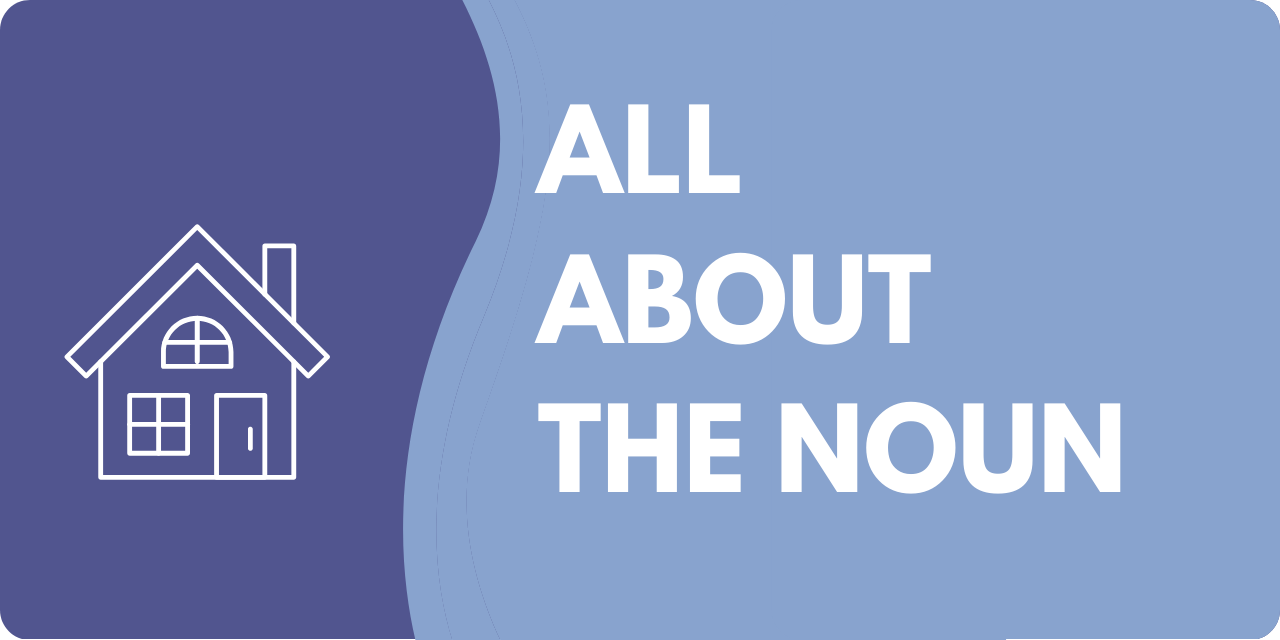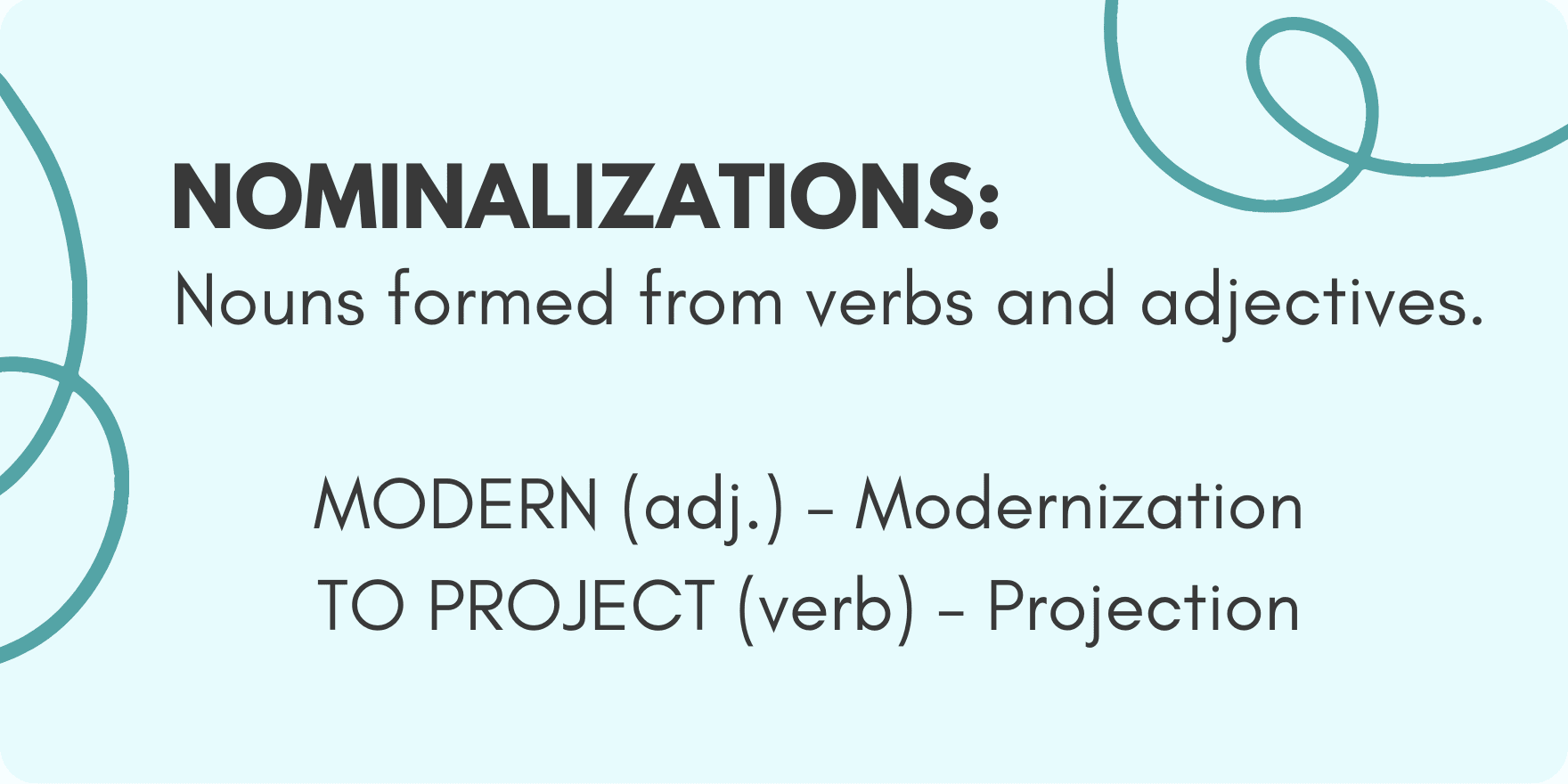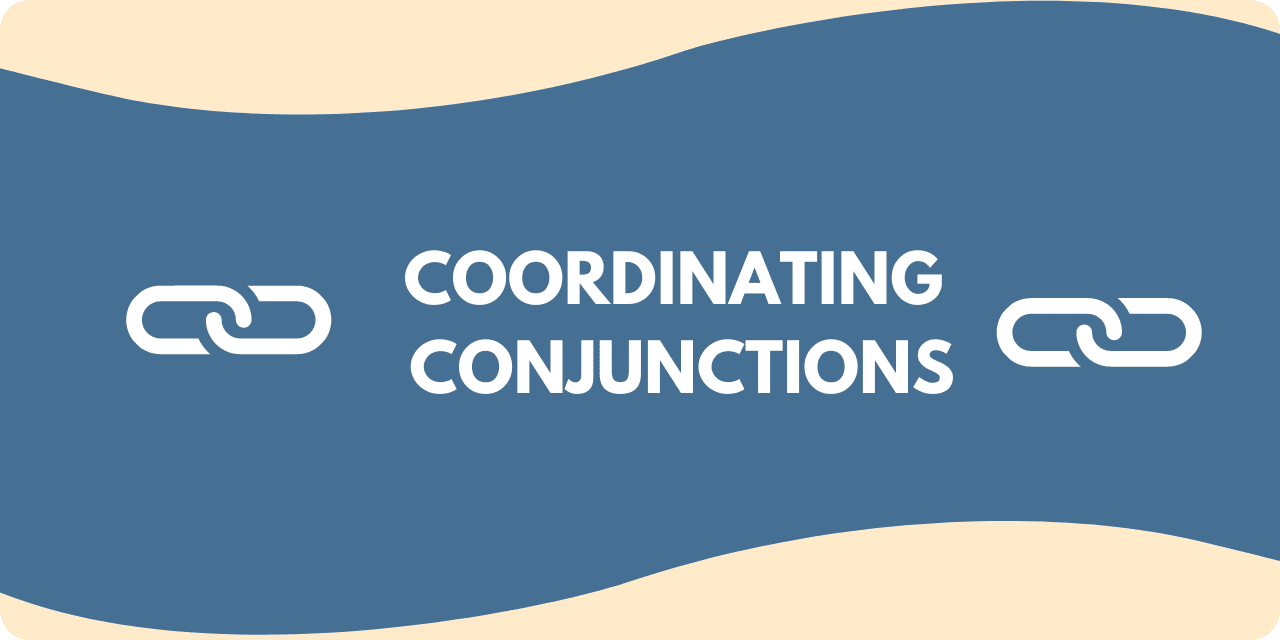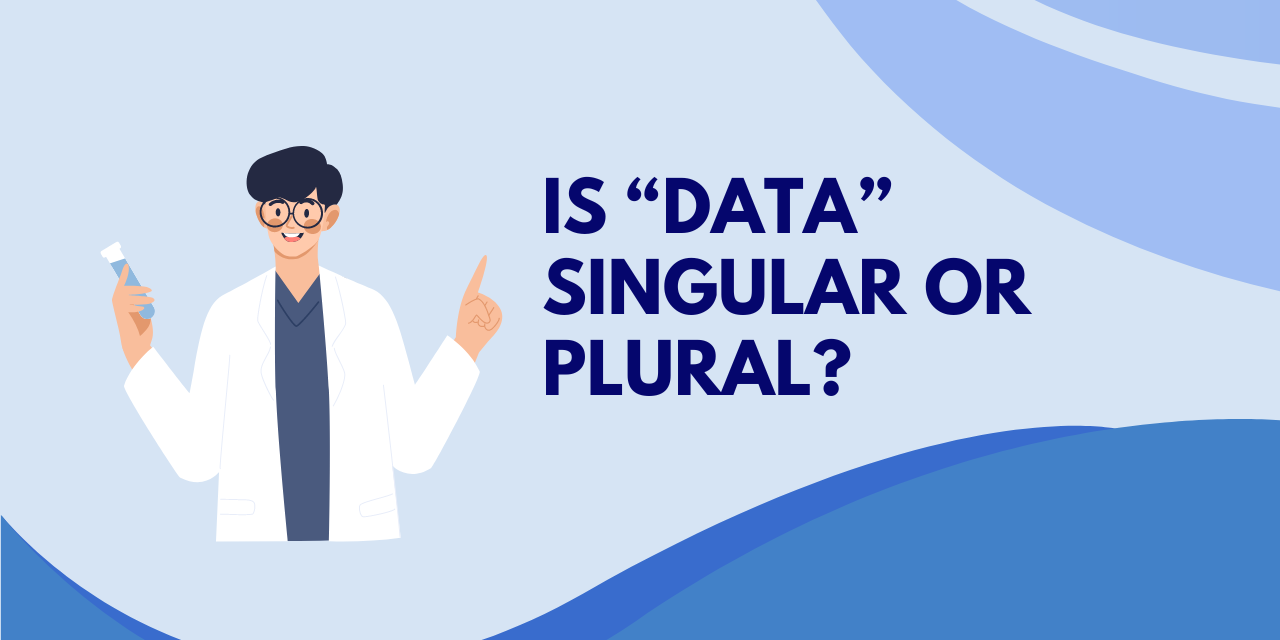Prepositions themselves can cause hair-pulling frustrating for some people – factoring in identifying that preposition’s object makes baldness a real risk.
Fortunately, with a bit of instruction and a few handy tips, your hair will be safe, and you can identify this part of speech and its object with ease.
What is a Preposition?
If you want to identify the object of a preposition, it stands to reason you need to find the preposition first.
A preposition is one of the eight parts of speech. It establishes a relationship between two words (usually nouns or pronouns) most often associated with space or time.
Space
The most numerous types of prepositions demonstrate a relationship between two objects in space.
For example:
The bicycle was by the tree.
In this circumstance, the noun bicycle is close to the tree. The word “by” tells you this by giving a location.
Many teachers use a simple drawing to illustrate how prepositions work when learning prepositions for the first time. The most common examples involve an illustration of a house or a tree. Then, students draw objects in different locations about that central object.
The next step is to write sentences using prepositions to express the spatial relationship between the central object and a selected object from the drawing.
The bird is flying over the house.
The chimney is on the house.
The bones are under the house.
The squirrel is near the tree.
The squirrel is in the tree.
The squirrel is beside the tree.
The preposition tells you where one object is concerning another in each situation.
Time
Time prepositions are harder to identify because time is an abstract concept.
Furthermore, many of the standard time prepositions (when, since, until, before, after, for instance) can also function as subordinating conjunctions if they begin a dependent clause (needs help) with an independent clause (can stand alone).
Interestingly enough, identifying an object of the preposition will help you differentiate the two. Until we learn how to do that, we must rely on other methods.
These prepositions clarify the relationship between time and a specific noun or pronoun in relation to the rest of the sentence.
After dinner, we played football.
Do you want to study before the test?
Samantha read her book until bedtime.
In each sentence, we have a time relationship. “After dinner” tells you when they played football, before the test explains when the studying may take place, and until bedtime informs you how long Samantha read her book.
Notice that no subject or verb connects the preposition to the noun in question in the three sentences. If that were the case, it would no longer be a phrase but a clause and the preposition would be a subordinating conjunction instead.
Here’s the difference:
→ (phrase) After dinner, we played football.
→ (clause) After we ate dinner, we played football.
The second sentence follows “after” with a subject (we) and a verb (ate), turning it into a clause. In this sentence, “after” is not a preposition but a subordinating conjunction.
To, With, From, By
These three prepositions can cause trouble as they do not always fit smoothly into the time/space continuum.
I gave the letter to Julie.
“To” is a preposition. This sentence tells you who or what received the letter, but it doesn’t correspond to placement or time.
A helpful tip to remember that “to” is a preposition is to understand that if you see the word “to” and it is not followed by the root form of a verb (to run, for example), then it is a preposition. To + a verb is an infinitive and functions differently than a preposition.
“From” and “with” are other prepositions you may have to memorize as a preposition, as coming “from a place” or being “with someone” is not the same as being in a location proximate to that location.
We have found that “by” can fit neatly in space relationships, evidenced by the bicycle in the first example being by the tree. However, a book can be “by an author,” meaning that the author wrote that book.
Over the River and Through the Woods
Another valuable tool to help learn prepositions is the song “To Grandmother’s House We Go.” This song is nearly entirely composed of prepositions and prepositional phrases. Right from the beginning, the lyrics are loaded with prepositions:
Over the river and through the woods, to Grandmother’s house, we go.
The Object of the Preposition
The vast majority of this article relates to identifying prepositions because once you can do that, it is considerably easier to recognize the object of that preposition.
An object of the preposition usually tells you “whom” or “what” concerns the time or space preposition.
Let’s look at our earlier examples:
The bird is flying over the house.
The bird is flying over who or what? The house. Therefore, “house” is the object of the preposition. When identifying the OP, do not include the article adjective that may come with that noun or pronoun. The object is “house.” not “the house.”
I gave the letter to Julie.
To whom or what did you give the letter? To Julie. That makes “Julie” the OP.
Samantha read her book until bedtime.
Samantha read until who or what? Until bedtime. “Bedtime” is the OP.
A prepositional phrase begins with the preposition and ends with the OP. This concept is essential when identifying subjects and verbs in sentences because you can eliminate the prepositional phrase to help find the critical sentence components.
Over the river and through the woods, to Grandmother’s house, we go.
Over who or what? The river. Since the river is the OP, the prepositional phrase is “over the river.”
Through who or what? The woods. Since the word “woods” is the OP, the prepositional phrase is “through the woods.”
Finally, to who or what? To grandmother’s house. Note that the object is “house,” not “Grandmother’s house,” because “Grandmother’s” is an adjective describing the house. You want just the noun or pronoun itself. However, since it is between the preposition and its object, it is part of the prepositional phrase “To grandmother’s house.”
Want to sharpen your business writing skills? Discover our acclaimed online courses at syntaxtraining.com






